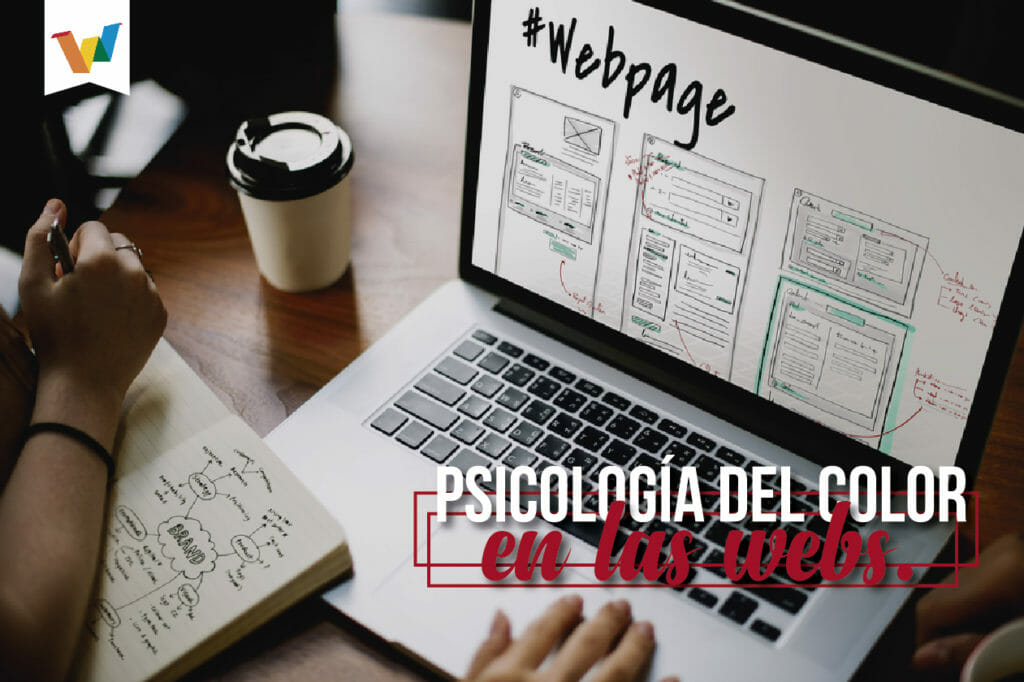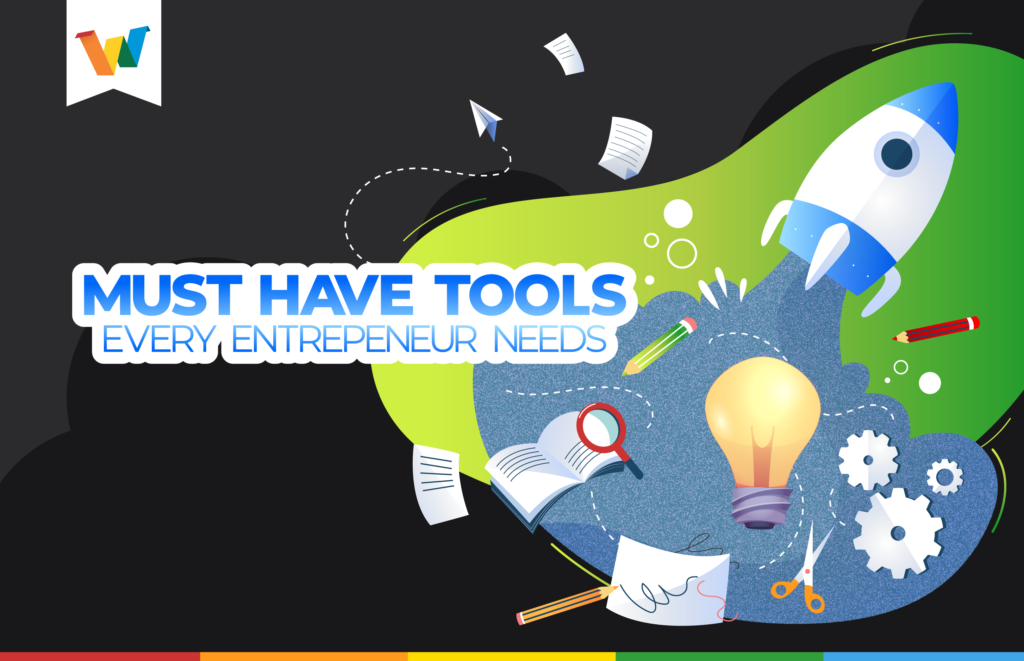Design thinking is a method based on using tools from the world of design and creativity to generate innovative ideas. Its main intention is to provide solutions to the real needs of its users, which is why it is centered on empathy.
In this way, the design thinking process proposes a new way of analyzing problems and giving them a solution thought from the consumer’s point of view, considerably reducing the risks associated with the launching of new products or services.
This method consists of 5 stages that we will explain below so that you can evaluate how you can put it into practice and integrate it into your usual work processes.
Empathy:
Although design thinking is not considered a linear process, it is very important to start with a deep study of the needs and problems of your customers or users. Since this is the best way to provide solutions aligned to the reality that arises.
And how do you achieve this? You must rely heavily on the observation of that audience, conversations, interviews, or any other tool that allows you to study that target audience.
Definition phase:
This second phase will serve to process all the information obtained from the empathy phase. In this way you can define what problem or need you are going to solve, based on the understanding of the environment and the studied characteristics of that group of people that can be defined as potential customers.
Ideate:
The objective of this stage is to generate options or draw up a list of ideas or solutions that will serve to solve the problems defined in the second stage. This can be done through brainstorming, and the basis of this would be to ask ourselves how could we solve X or Y? The more ideas the better, and do not include any type of restrictions, since you will need to have something to choose from in the next stages.
Prototyping phase:
This is where we seek to turn ideas into reality. Build a minimum viable product with which the user can interact and get an experience. In this phase, you should ideally take several ideas to this stage and develop them which will allow you to compare, improve and refine your product or service.
Evaluation phase:
This last phase will be to give our users or customers to test the product or service and hear firsthand what they think about the PMV. In this phase, it is very important to be able to establish a communication bridge with these users, as it continues to feed the empathy phase, besides allowing us to improve the next versions.
If you are an entrepreneur or want to improve your business, applying design thinking to your processes can be very beneficial and become the key to success.







